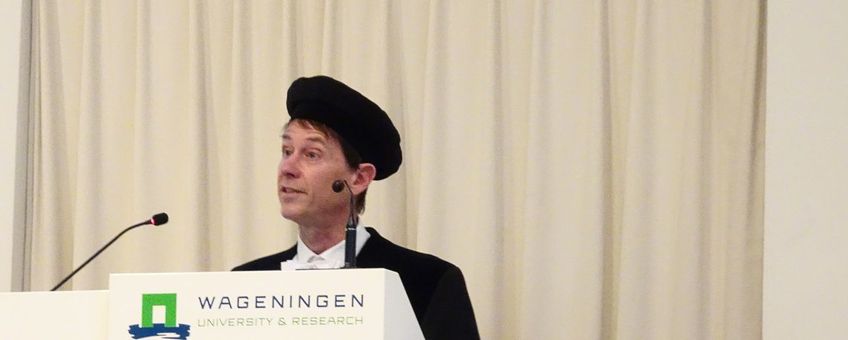
Living with biodiversity – the butterfly dimension
Dutch Butterfly Conservation, Wageningen University & ResearchProf. Michiel Wallis de Vries is a senior scientist at De Vlinderstichting, the Dutch Butterfly Conservation. Since 2012 he has held a special Chair in Insect Ecology & Conservation at Wageningen University. He lectured on Insect Conservation Biology for students in Forest and Nature Conservation, Biology and Plant Sciences. His research emphasizes the impact of global change and land management on biodiversity, and habitat quality for butterflies in particular. On the 24th of March, after completing the final term of his professorship, he gave his farewell address, entitled ‘Living with Biodiversity – the butterfly dimension’. The ceremony can be viewed here.

The butterfly dimension sends us three key messages for nature conservation in practice
First, at continental scales, declines in insect diversity stress the need to reform land use practices on the basis of closed nutrient cycles, with carbon and nitrogen as the primary targets, but this approach should extend to the use of water and other resources.
Second, at the national and landscape scale in the Netherlands, the focus of nature policy should be broadened and scaled up beyond Natura 2000 areas alone to get in line with Europe’s biodiversity strategy. This requires urgently completing the national nature network and necessitates adapting land use in the surrounding landscape to allow this network to function.
Third, in translating nature policy to a practice of learning-by-doing in the field, the monitoring of key performance indicators (KPIs) based on land use, should be strongly linked to the monitoring of biodiversity itself. Only then can we keep track of the impact of environmental policy instruments and learn whether they are reaching their targets or require readjustments. Butterfly trends in the coming years will tell us if we are finally managing to bend the curve of biodiversity loss towards recovery!
The pdf of the farewell address can be found here (pdf; 935 KB).
Tekst and illustrations: Michiel Wallis de Vries, De Vlinderstichting (Dutch Butterfly Conservation) & Wageningen University & Research
Photos: Kars Veling; Annika Vermaat

